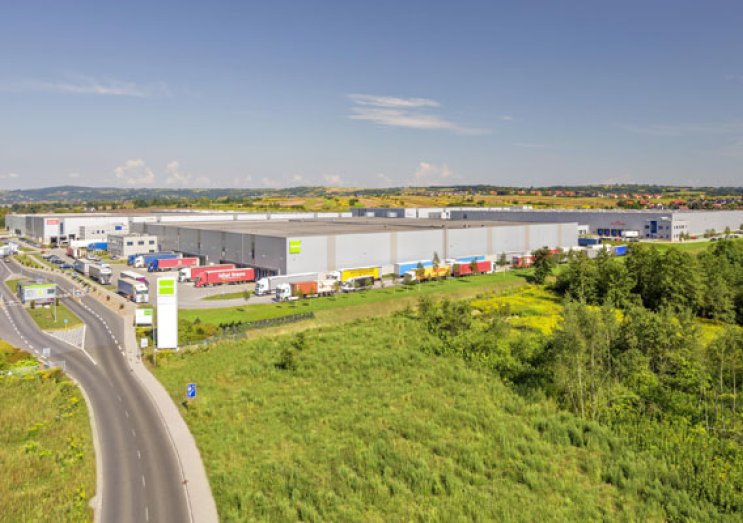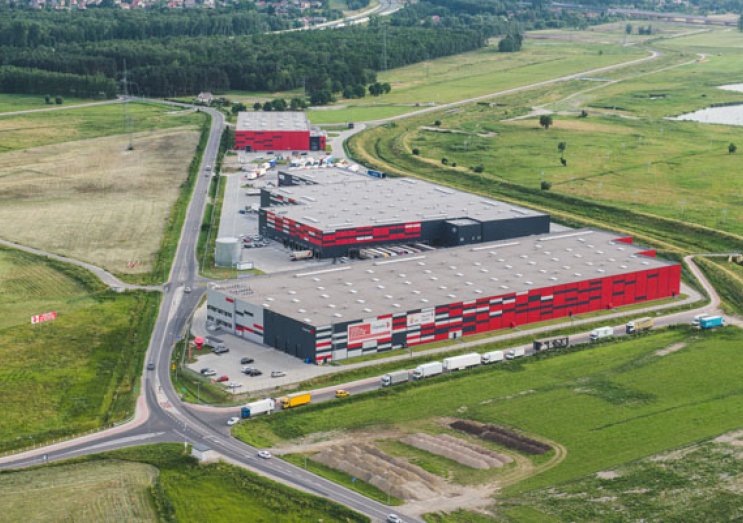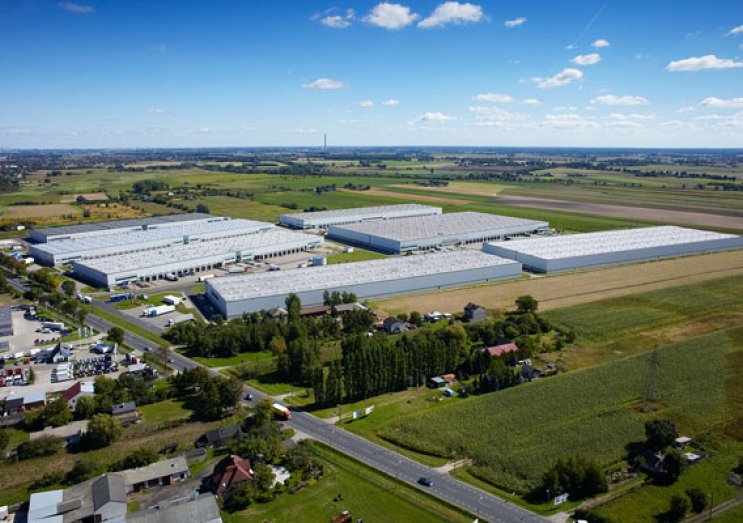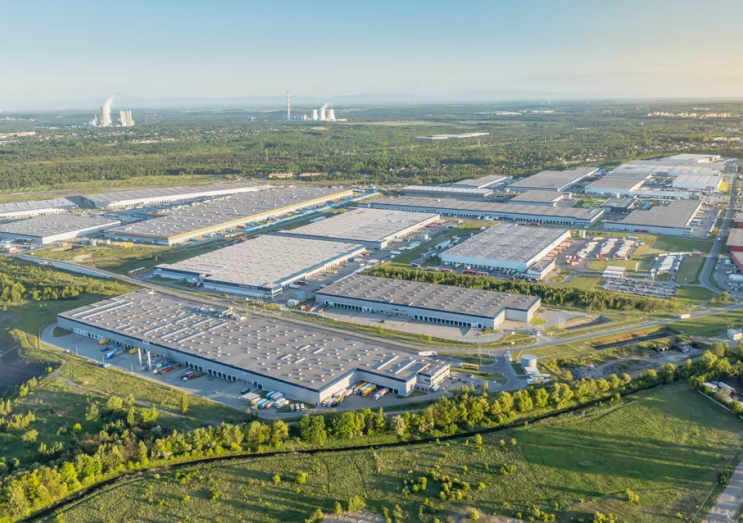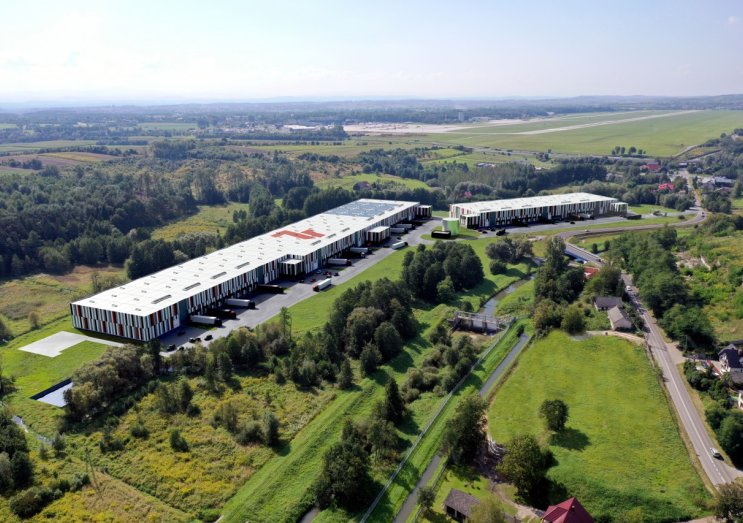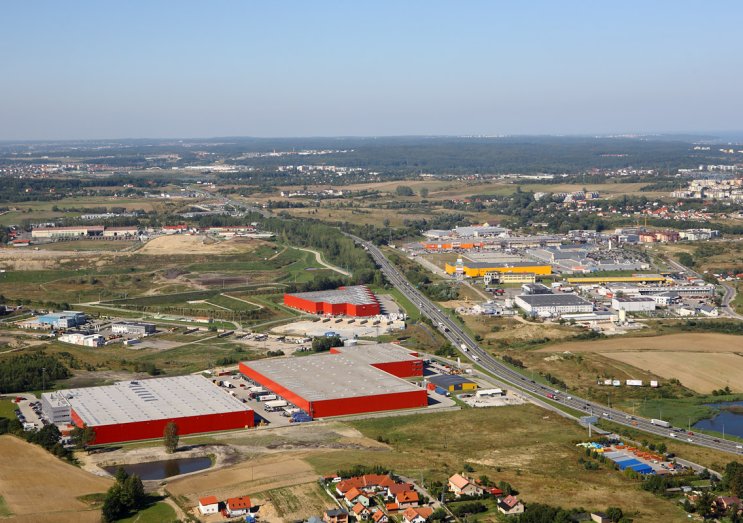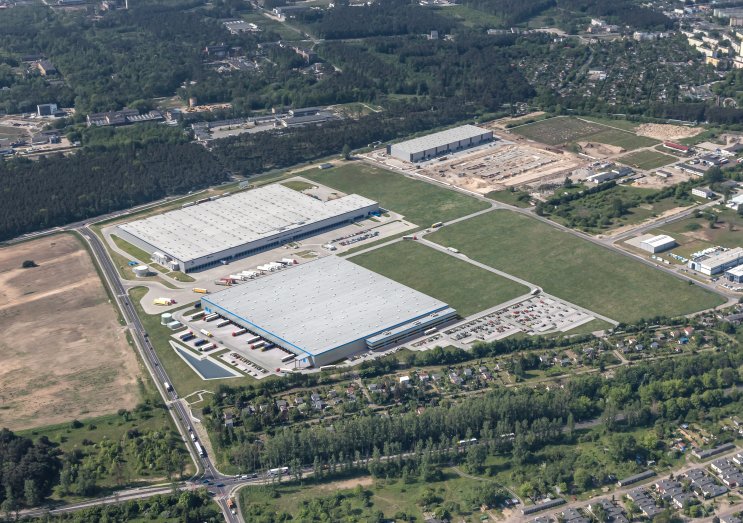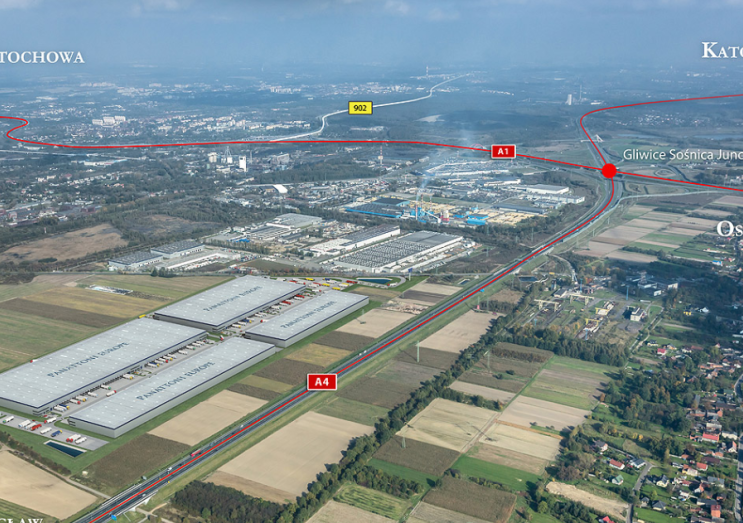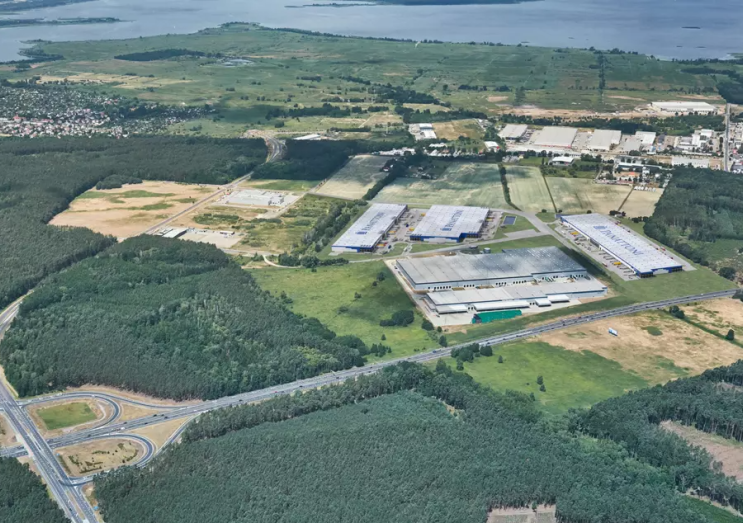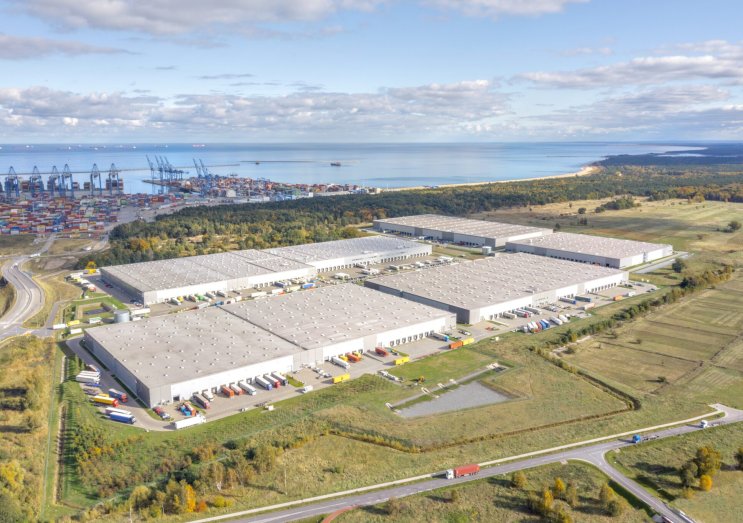2020 has brought many changes to the Polish commercial property market. The warehouse and industrial sector, whose total stock has already surpassed 20 million sqm, has emerged largely unscathed from the market’s turmoil, with leasing activity likely to set another record. Investors’ interest has focused on this market segment, which accounted for as much as 72% of the investment volume in Poland in the third quarter alone. The office sector fared worse as it saw both muted investment activity and a year-on-year decrease in office take-up. Poland’s total office stock amounts to more than 11.7 million sqm, while close to 1.2 million sqm is currently under construction. In Warsaw alone, there is now 522,000 sqm of office space underway in many interesting high-class projects, many of which still offer space to let. On the retail market, while shopping centres are experiencing difficulties following the reintroduction of restrictions, there is a growing number of consumers beginning to enjoy convenience stores and retail parks.
“The outlook for 2021 gives hope for a gradual return to normal that everyone is looking forward to. Technological changes that were introduced at an accelerated pace during the pandemic will have a positive impact on many business processes and improve the comfort of space occupants. Most development projects are running as scheduled. Construction of some new buildings will be postponed and proportions of uses will probably change. We must remember that the state of the economy is very important to the health of the commercial real estate market. Poland’s GDP growth is now picking up following the fall in consumption and overseas sales in the early days of the pandemic and is nearing 2019’s levels by the quarter. According to the OECD, if this trend continues, the Polish economy will contract by only 3.5% in 2020, posting one of the strongest performances in Europe,” says Iga Kraśniewska, Research Manager at Cresa Poland.
Warehouse and industrial market
With 2020 coming to an end, and we can already state that it will be another record-breaking year for the warehouse and industrial sector. This year showed us a significant pipeline of large transactions which were either in their closing stages or being planned, coupled with many new development projects already under construction across the country. Now, existing warehouse space has exceeded 20 million sqm, and more than 1.5 million sqm is still under construction. The pandemic outbreak was a catalyst for the further expansion of the e-commerce sector, which recorded a number of spectacular transactions being finalized in 2020. Furthermore, strong demand from retailers, 3PLs, and parcel delivery companies was noted as well. E-commerce-led requirements are set to be the major driver of new developments and we should expect a continuation of technological advancement, which will make many of the new warehouse facilities delivered being more functional and cost effective. Data centers-specific and e-mobility requirements are also on the rise. New projects located close to large urban areas are of significant importance as companies aim to optimize delivery times, be closer to major consumer markets, provide showroom space and facilitate product returns. This will result in a roll-out of more in-town warehouse projects across major sub-markets in Poland.
“Another trend impacting the industrial and logistics market in the medium term is the relocation of manufacturing and logistics functions from Asia and other Western European countries to Poland. Covid-19 exposed the risks associated with “just-in-time” supply chains, with many companies now focusing on how best to safeguard the future movement of materials and products and be closer to their customer bases. Poland is one of the most attractive locations in Europe to facilitate the reshoring of industrial and logistics function on the European continent,” says Tom Listowski, Partner, Head of Industrial and Warehouse, Central and Eastern Europe, Cresa.
Office market
The large-scale introduction of remote working due to the pandemic has made tenants more wary about undertaking long-term commitments, especially with regard to new leases.
“Many organisations are now taking more time to make decisions. The pandemic has, however, accelerated renegotiations. Rental reductions were frequently subject to a lease extension for a period for which discounts were granted. Volumes of office space for subletting increased as many companies saw it as a way of making savings in their drive to cut operating costs. If unable to do so, tenants considered moving to alternative locations upon lease expiry and taking occupancy of smaller offices,” says Artur Sutor, Partner, Head of Office Department, Cresa Poland.
Companies from sectors such as e-commerce that saw an increased demand for their products or services reported larger office requirements. Accordingly, they had to initiate more recruitment processes to guarantee business continuity and operational efficiency. Some stayed on in their leased spaces and decided to rearrange their offices to enhance health and safety conditions.
2021 is expected to see occupier sentiment improve, largely as a result of vaccine distribution across a growing number of countries. Companies are expected to become more willing to lease office space and negotiate leases. Employees will be increasingly shifting towards a hybrid work model. In addition, offices will continue to operate under stricter sanitary protocols and safety will be a key priority for many organisations.
Retail market
2020 has been a period of unprecedented challenges for the retail market posed by pandemic-related social and economic restrictions. Shopping centre tenants and landlords were hit particularly hard, with convenience stores and retail parks being less affected.
Following the lifting of the first lockdown measures, shopping centres saw footfall and turnover rise thanks to a sanitary regime in place. However, they did report reduced average in-store dwell times. Consumers visited shopping centres for pre-planned shopping rather than leisure, F&B or entertainment options.
With online shopping on the rise, e-commerce witnessed a record growth in retail sales and customer numbers. Internet retail sales in recent months indicate that Poland’s online retail penetration tailed off following the reopening of shopping centres in May until their subsequent closure. This shows that brick-and-mortar shopping will not go away entirely.
The second lockdown, which partially coincides with the run-up to Christmas – traditionally considered the best for retail, may leave many tenants and landlords more vulnerable financially. Shopping centres were reopened in late November and there is some hope that they will be able to make up for lost time. A lot will depend on the outcomes of lease renegotiations.
“This year’s events have accelerated the transformation of the retail market, which is strongly polarized. Best-in-class shopping centres will relatively quickly regain lost footfall; retail parks will also do well. Mid-sized retail schemes in regional cities that have already faced major commercialisation challenges will be a different story. Looking ahead, some trends such as the growing popularity of convenience schemes and the further expansion of e-commerce are very likely to continue,” says Piotr Kaszyński, Managing Partner, Cresa Poland.
Investment market
Despite earlier forecasts, property investment volume has failed to set another record this year. While banks tightened their lending criteria, interest rates were at their record lows. Capital was plentiful on the market, but a significant mismatch between buyer and seller expectations was a drag on transactional activity. Potential buyers began to discount their offers for two reasons: one being the need to finance a larger part of investments with their own funds, and the other – various pandemic-related risks. However, Poland, whose major advantage lies in its favourable geographical location in Europe, strengthened its position in the logistics sector, which showed relatively strong resilience to the negative consequences of Covid-19 and accounted for the largest share of the investment volume in the third quarter. Investor interest in the retail sector focused on retail parks which will continue to grow across Poland in the near future and be perceived as attractive investment assets. Once the pandemic situation improves as we move into 2021, banks will most likely be more willing to finance property acquisitions, thereby facilitating transactional processes. This, in turn, should boost property investment volumes next year.

